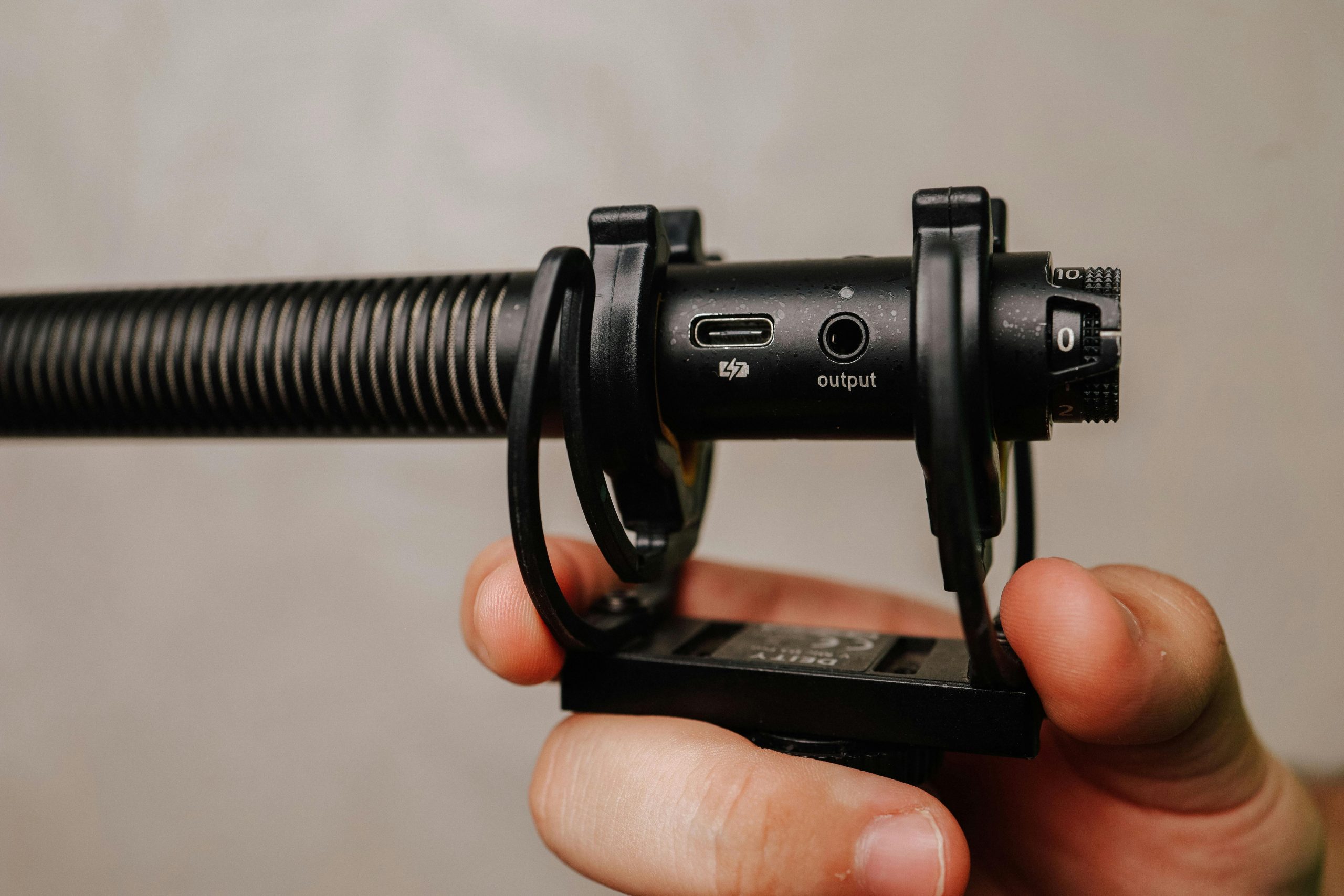Is It Possible to Use Audio Output as a Microphone Input While Simultaneously Using a Microphone?
In today’s digital communication environment, many professionals seek innovative solutions to enhance productivity, especially when analyzing or transcribing conversations. One common challenge involves capturing both sides of a phone or VoIP call for transcription or analysis purposes, all while maintaining the ability to speak and interact naturally.
This article explores the feasibility and potential methods of feeding audio output as a microphone input simultaneously with using a physical microphone during a call.
The Scenario: Recording Both Ends of a Conversation for Transcription
Imagine you’re participating in a business call via VoIP, using a headset, and you wish to have an AI transcribe your conversation in real-time. Your goal is to capture the audio from the call—both your side and the other person’s—so that the AI can process the full dialogue.
Currently, some users resort to external solutions like placing their phone on speaker mode and directing the output into the transcription system. However, this method has limitations, including background noise, audio quality concerns, and privacy issues.
The Core Question
Is it technically feasible to route the audio output (what you hear through your headset or speakers) back into a microphone input that an AI application can listen to, while still actively speaking into your microphone during the call?
Technical Challenges and Considerations
-
Audio Loopback Requirements:
To feed the audio output as an input, you would need a virtual audio device or loopback driver that intercepts the sound being played and presents it as an input device. -
Hardware and Software Solutions:
- Virtual Audio Cable (VAC): Several Windows-based virtual audio drivers can create a loopback device allowing system sound to be routed as an input source.
- Loopback Accessories: On macOS, tools like Soundflower or Loopback can serve similar functions.
-
Configuration & Compatibility: Setting up these tools requires adjusting your sound settings and ensuring your AI transcription tool recognizes the virtual device as an input source.
-
Simultaneous Microphone Use:
Using a physical microphone while also feeding in audio from the output is possible with proper routing, but simultaneous input from both sources may require advanced audio interface setups or mixing. -
Privacy and Audio Quality:
Feeding system audio back into the microphone input may introduce noise or echoes, potentially affecting transcription accuracy.
Practical Approaches
Share this content:



